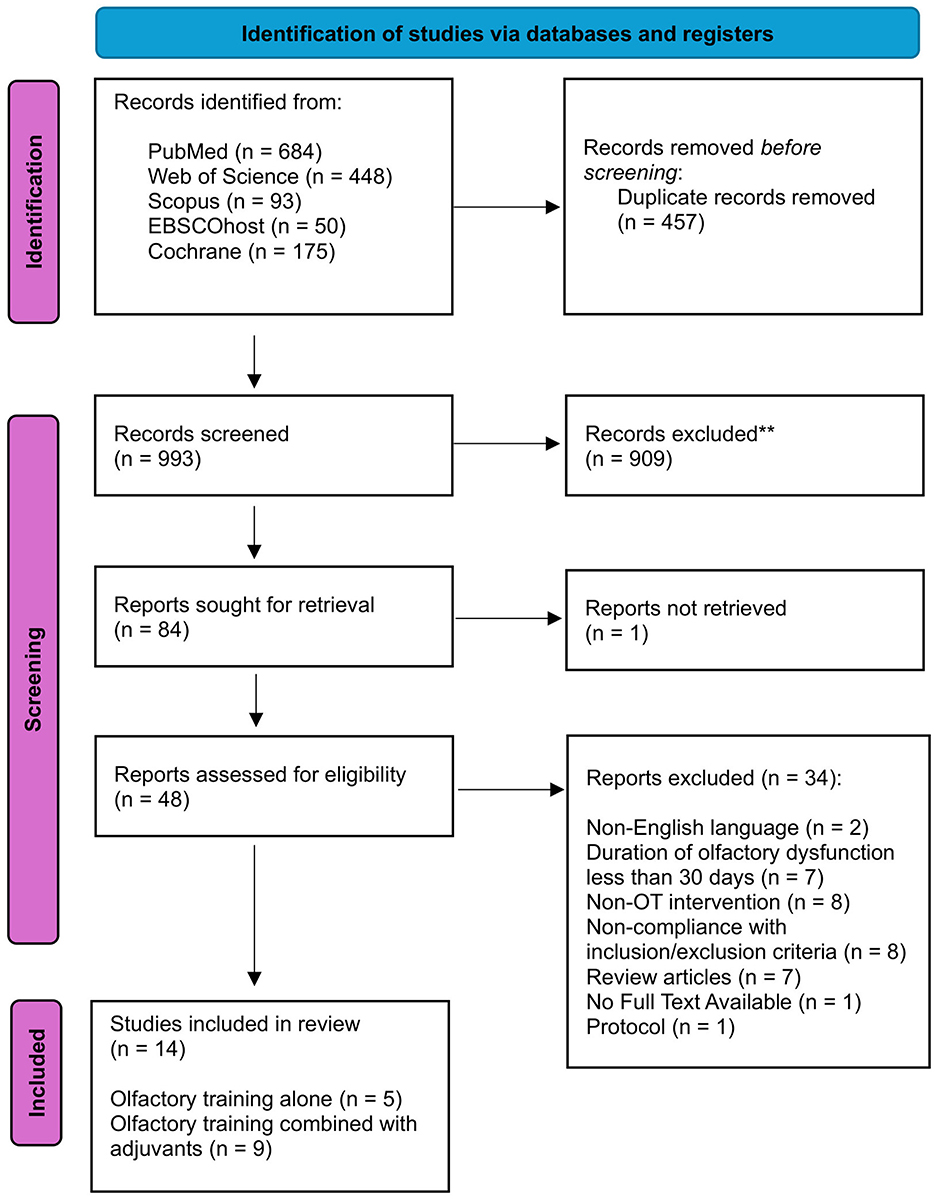
Chemistry was redefined at the 75th Yusuf Hamied Chemistry Camp for Visually Challenged Students, hosted at the Indian Institute of Technology (IIT), Bombay.
From the vivid red and green flames of strontium and barium salts during a flame test to the impressive ‘golden rain’ produced by the reaction between lead nitrate and potassium iodide, the visual spectacle of chemical reactions often enthralls students. However, this very visual aspect can serve as a significant obstacle, preventing visually impaired students from fully experiencing it while leaving educators struggling to make the subject inclusive for all.
Driven by the conviction that chemistry should be accessible to everyone, this inclusive education initiative aimed to transcend traditional high school chemistry experiments. The team restructured the experiments to involve touch, smell, and sound. This approach resulted in a rich, multi-sensory experience that enabled 59 visually impaired students from schools in Mumbai, Nasik, Pune, and Solapur to delve into the marvels of chemistry.
The effort received backing from the Royal Society of Chemistry (RSC) and Yusuf Hamied, chairman of Cipla.
The camp presented a new handbook featuring six interactive experiments designed by Chandramouli Subramanian of IIT Bombay, translated into braille. Students were arranged into small groups, with each experiment guided by a volunteer from the institute, allowing them to engage in the activities independently.
“Science must be accessible to all,” stated Swetavalli Raghavan, head of innovation strategy and government affairs at the RSC. “This initiative dispels the myth that chemistry is solely a visual discipline. With appropriate tools and teaching strategies, we can unlock the world of scientific exploration for every learner, regardless of their abilities.”
When light transforms into sound
Tactile chemistry kits, which include textured materials, raised diagrams, and braille labels, have significantly improved science accessibility for students with visual impairments. However, Subramaniam highlighted that these kits can be expensive for schools, prompting his team to adapt experiments typically found in the school curriculum.
A classic science fair project, the potato battery experiment demonstrates how a vegetable can power a small electronic device. By inserting two different metals, usually zinc and copper, into a potato, students create a basic electrochemical cell that produces a small voltage capable of powering low-energy devices like LEDs. The team simply substituted the LED with a buzzer.
In planning the activity, the team also sought to provide students with a broader understanding of energy conversion. As Subramaniam noted, the experiment became a launching pad for a larger discussion – tracing the process by which plants absorb solar energy through photosynthesis, store it as chemical energy in sugars, and how that energy, now contained in a potato or lemon, can be released and converted into sound via a simple electrochemical reaction.
Experiments involving heat were approached with caution. These included an esterification process where a carboxylic acid and an alcohol reacted in the presence of an acid catalyst to produce a fruity-scented ester when heated in an oil bath. Unlike other activities where students were mostly self-directed, this step needed hands-on assistance from the volunteers.
In addition to pre-measuring the chemicals and closely monitoring each step. “One excellent suggestion from [the] professor was to wear blindfolds and conduct the experiments one or two times to better understand their experiences,” said Devashish Bhave, a volunteer at the camp. “We even attempted each other’s experiments with blindfolds to ensure our instructions were sufficiently clear.” He emphasized that this exercise was a poignant reminder that what may appear simple or obvious with sight becomes infinitely more challenging without it.
“Conducting the experiment 72 times might seem monotonous, even tedious, but it was one of the most rewarding experiences I’ve had in a lab,” noted Devashish. “Each time a student dropped Mentos into the [fizzy drink] bottle and sealed it with the balloon-fitted cap, the balloon would inflate as gas escaped. I encouraged them to feel the balloon expanding. The joy and excitement on their faces made each instance worthwhile.”
During discussions with volunteers, several students expressed that they arrived at the camp feeling apprehensive, even fearful of the lab, due to previous experiences. However, by the conclusion, they felt optimistic about pursuing a career in science.
“We study chemistry in school, but the experiments in the syllabus were always explained verbally; we never had the opportunity to perform them ourselves,” shared Saee, one of the workshop attendees. “This was the first time I experienced chemistry hands-on, and it instilled confidence in my ability to conduct these experiments. Now, I’m eager to explore even further.”